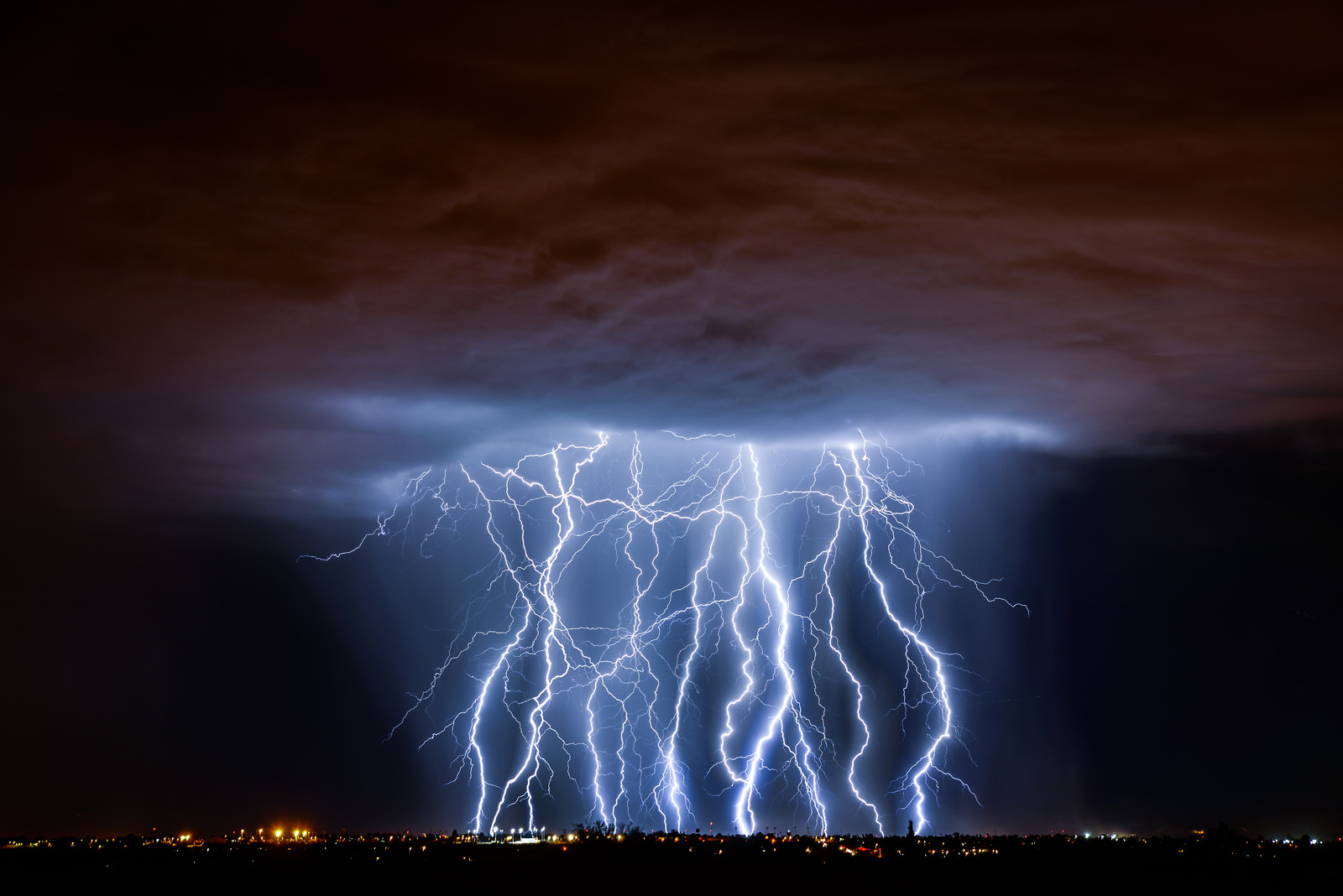According to recent reports, the UK will have to prepare for more frequent extreme weather events as a result of climate change. After the intensity of Storm Ciara and Storm Dennis which buffeted the UK with rain, winds of over 90mph and flooding, it’s hard to know what to expect next.
Minister at the Department for Environment, Food and Rural Affairs, Rebecca Pow, said that such extreme weather is ‘something that we’re going to have to adapt to’. This sets a worrying tone for the safety and security of people living in the UK, and as the effects of climate change become increasingly apparent, our infrastructure has to be prepared to handle it. But is Britain equipped to handle the extreme weather, or do we need to be better prepared?
Stormy winters
Considering the recent bout of storms and snowy weather, we need to make sure that our infrastructure is prepared. During the harsh winters of recent years, the UK transport system has faced extreme difficulties. From icy roads to exposed direct current indicators and flashover faults, the cold weather can cause severe damage.
In response to this, a cold weather plan was established in order to outline what to expect and how best to prepare over the increasingly cold winters. Local authorities are now better equipped than ever to grit roads and prevent black ice as a result of this. For the transport sector, forward planning is key. Transport planning advice plays a major part in ensuring that infrastructure schemes take into account all environmental considerations at the design stage to help to mitigate risks.
Scorching summers
Heatwaves in the UK are usually a rarity, but over the past two summers Brits have suffered in temperatures exceeding 40°C. The temperature has been on the rise and these pockets of sun seem more common. Although we love the opportunity to get outside, the hot and dry weather actually has a damaging effect on our infrastructure.
Dry weather is a major contributor to cracks and potholes in roads, which can cause serious problems for drivers. In addition, heatwaves can cause railway systems to overheat, as the temperature of steel rails can reach 20 degrees higher than the air around them. Therefore, consistent temperatures of 30 or even 40 degrees could lead to extreme over-heating of rail tracks. As a result, the metal on the tracks will expand, which puts them at risk of buckling. In extreme circumstances, this could derail trains.
Another issue caused by hot weather is the expanding and sagging of electrical lines. This is yet another factor that could cause serious disruptions to train services, and the lines might even be pulled down. The only way that the rail systems can combat these dangers is to impose more severe speed restrictions. Although this may cause delays over hot periods, it is the safest way for the transport system to operate.
Flash flooding
As has been proven time and time again in recent years, there are many areas in the UK that are not well equipped to cope with flooding. Another direct result of global warming, floods are becoming more and more common in the UK, and the Environmental Agency has told flood planners to “prepare for the worst”. In a recent consultation on flood strategy, the agency claimed that “for every person who suffers flooding, about 16 more are affected by loss of services such as power, transport and telecommunications.” Evidently, the UK’s infrastructure needs to keep improving, as floods are only going to worsen in the future.
In relation to this, the Environmental Agency advised that all public infrastructures need to be made flood-resilient by 2050. We also need to start considering the long-term rather than the immediate future. As part of this advice, they encouraged people to start considering potential flooding while building new homes, rather than just reacting to the damage when it occurs. When constructing something new, whether in the public or private sector, a flood risk assessment should always be carried out. These assessments identify flood mitigation measures and provide advice on what actions should be taken in the event of a flood.







